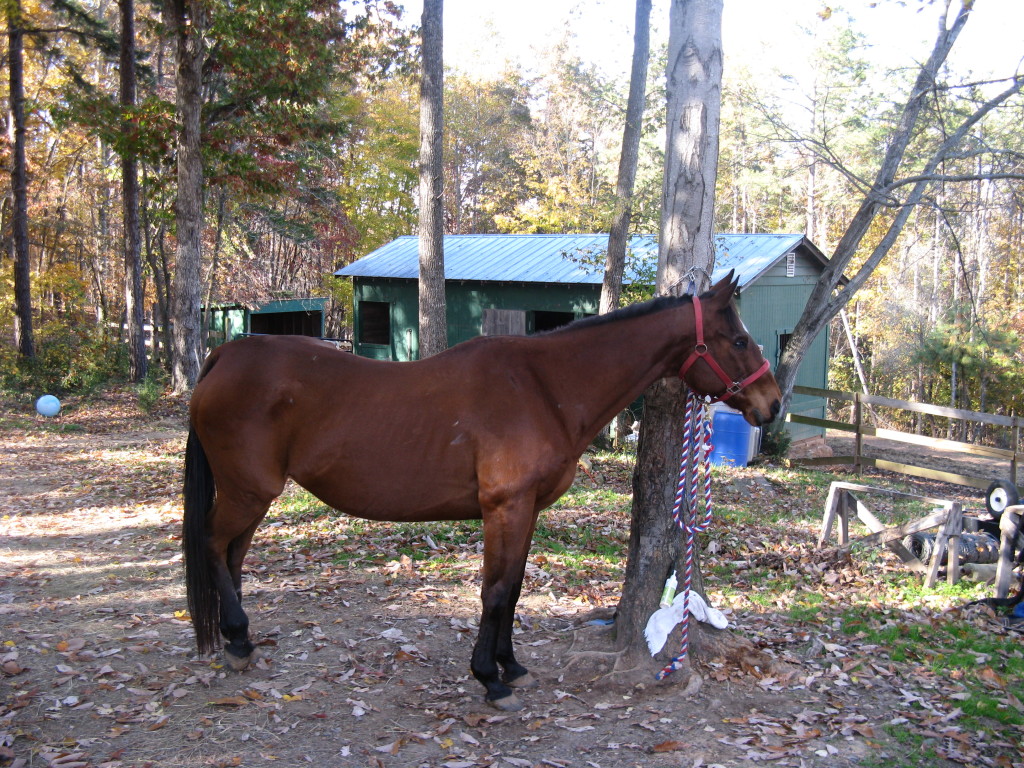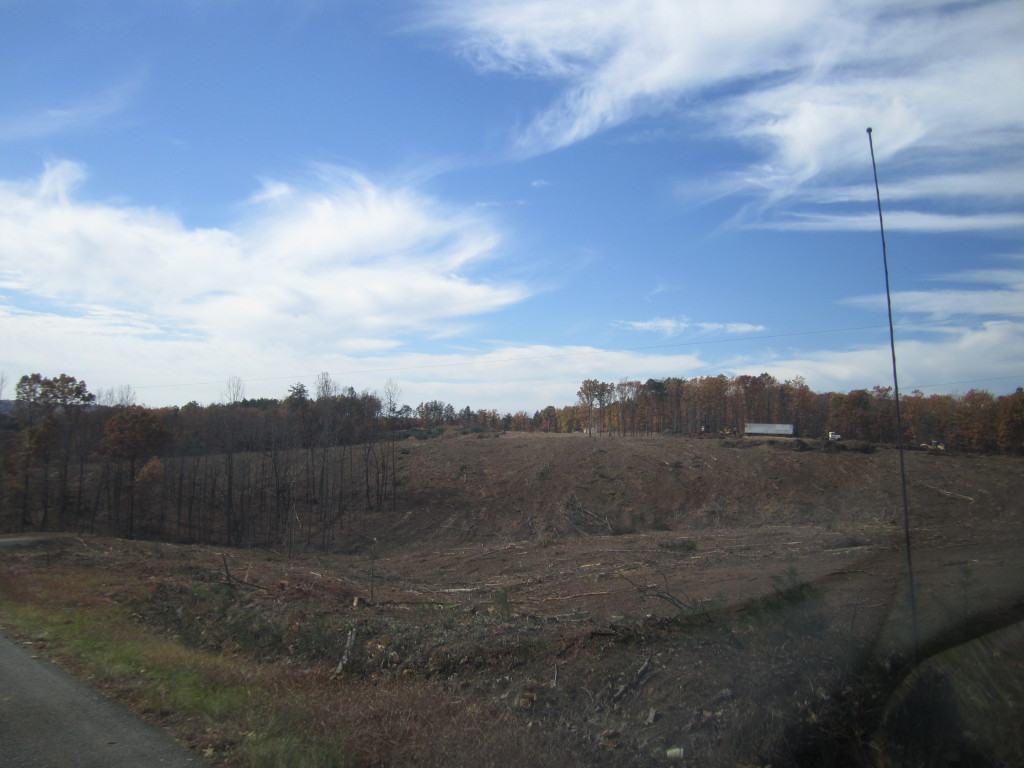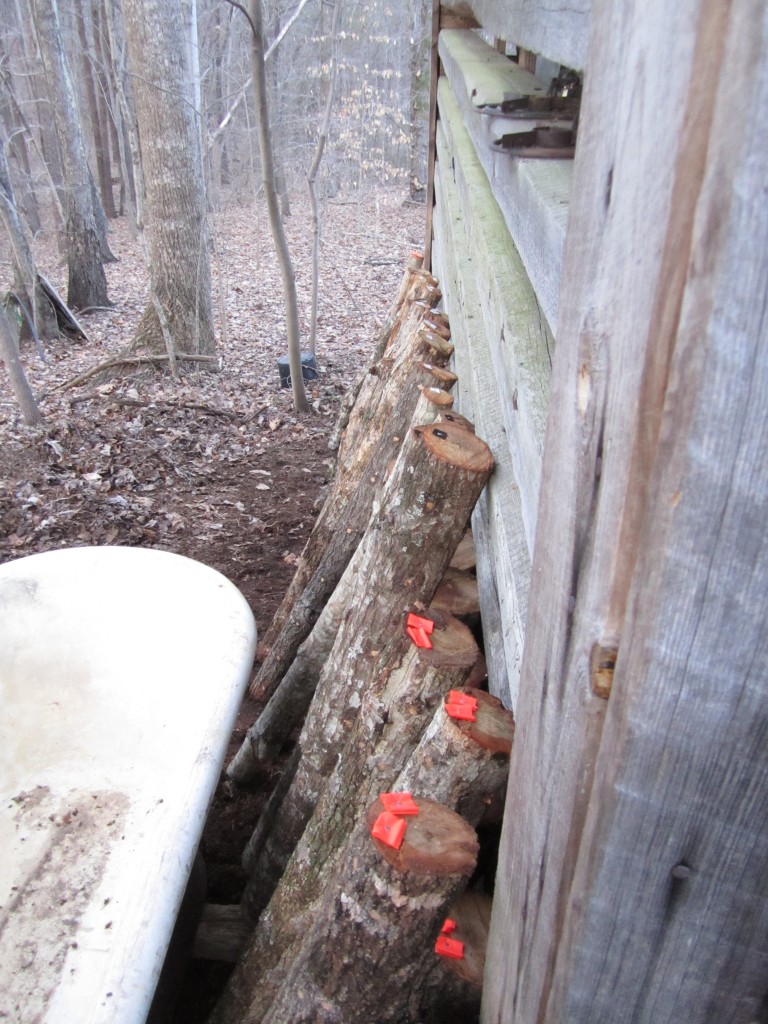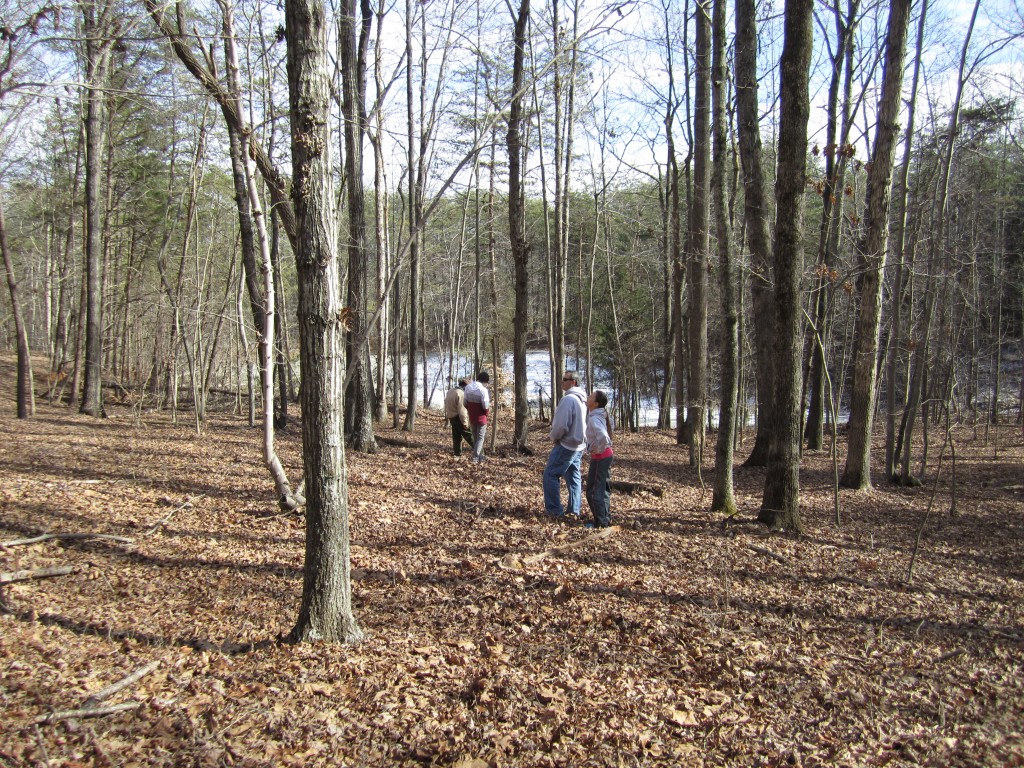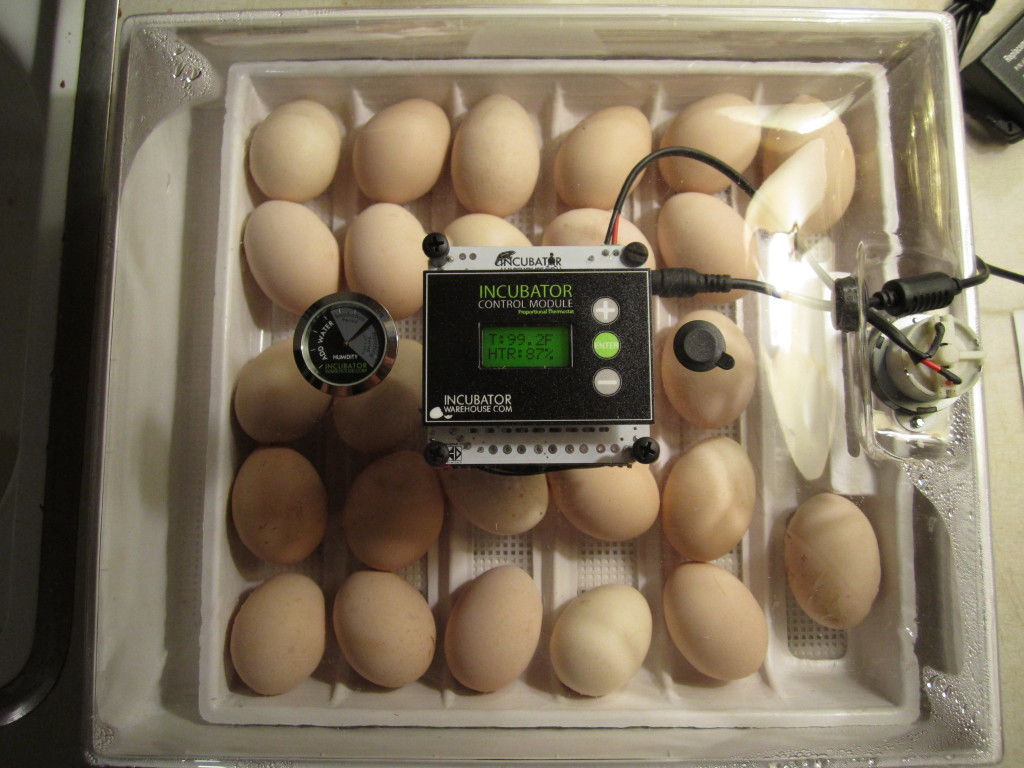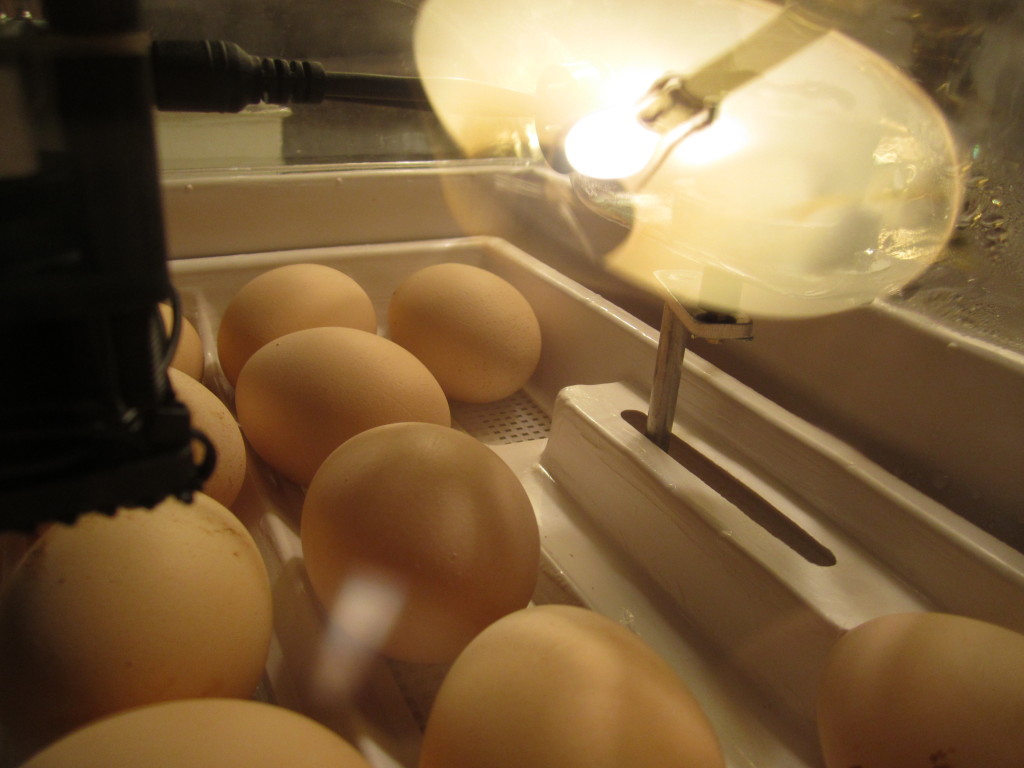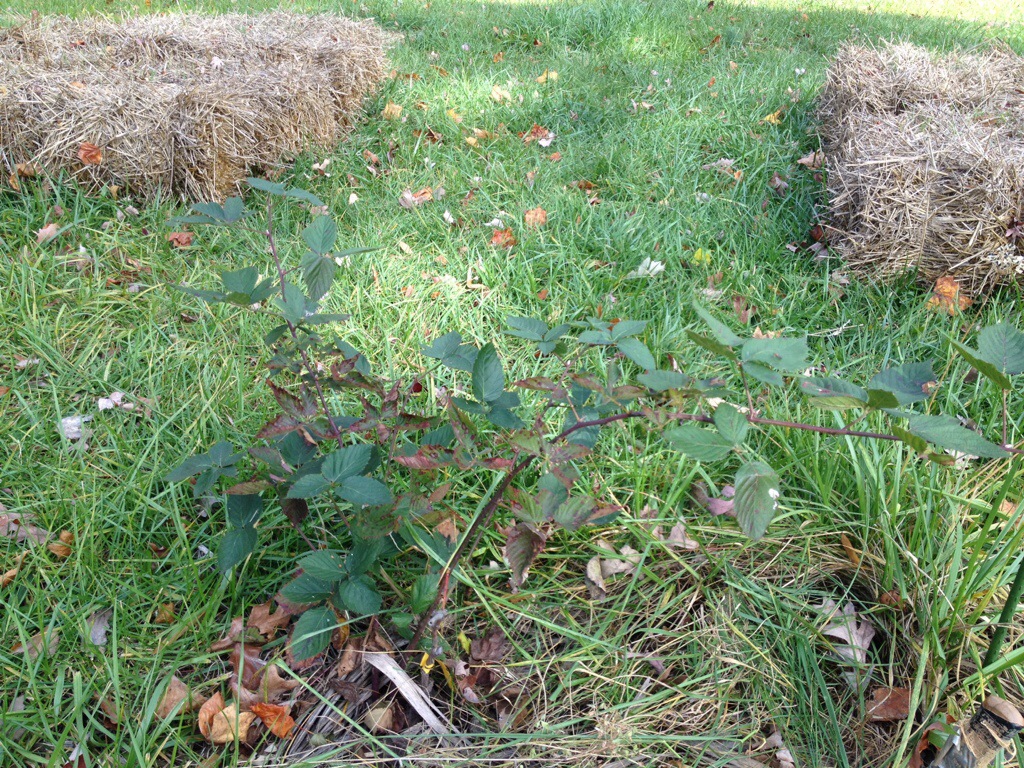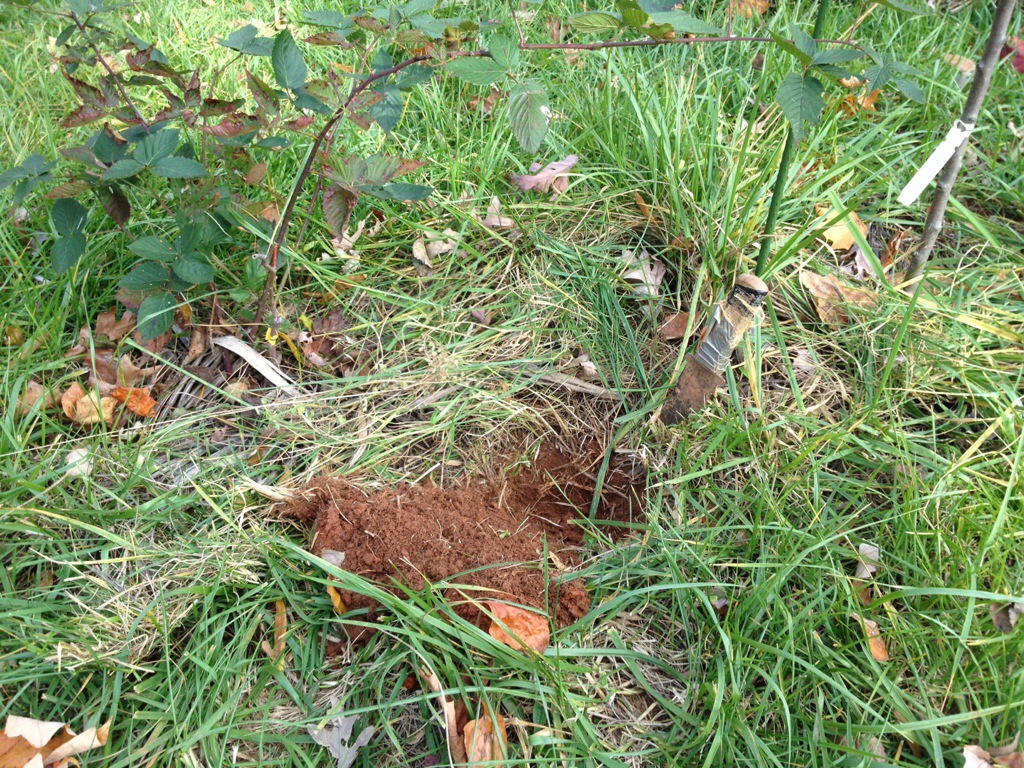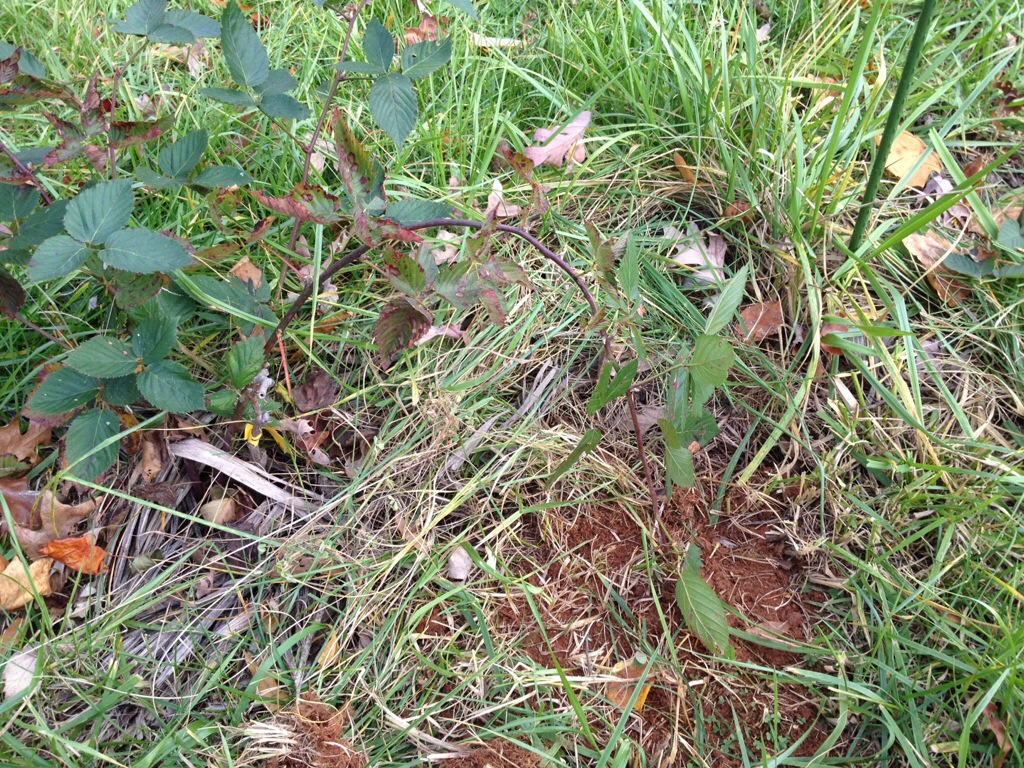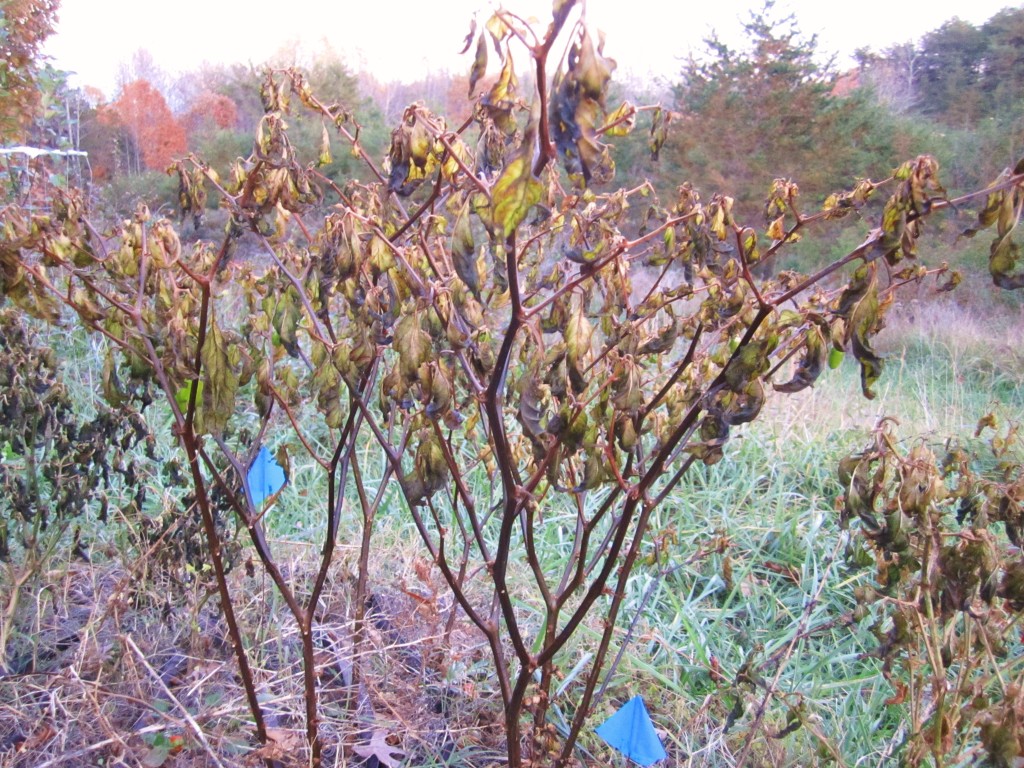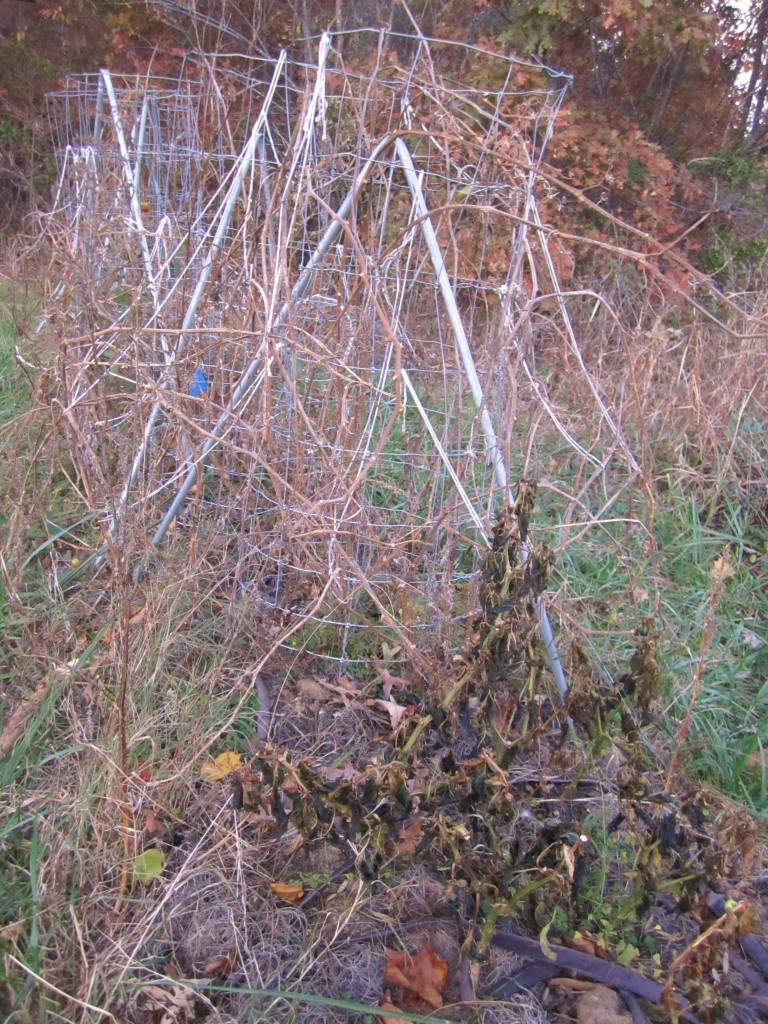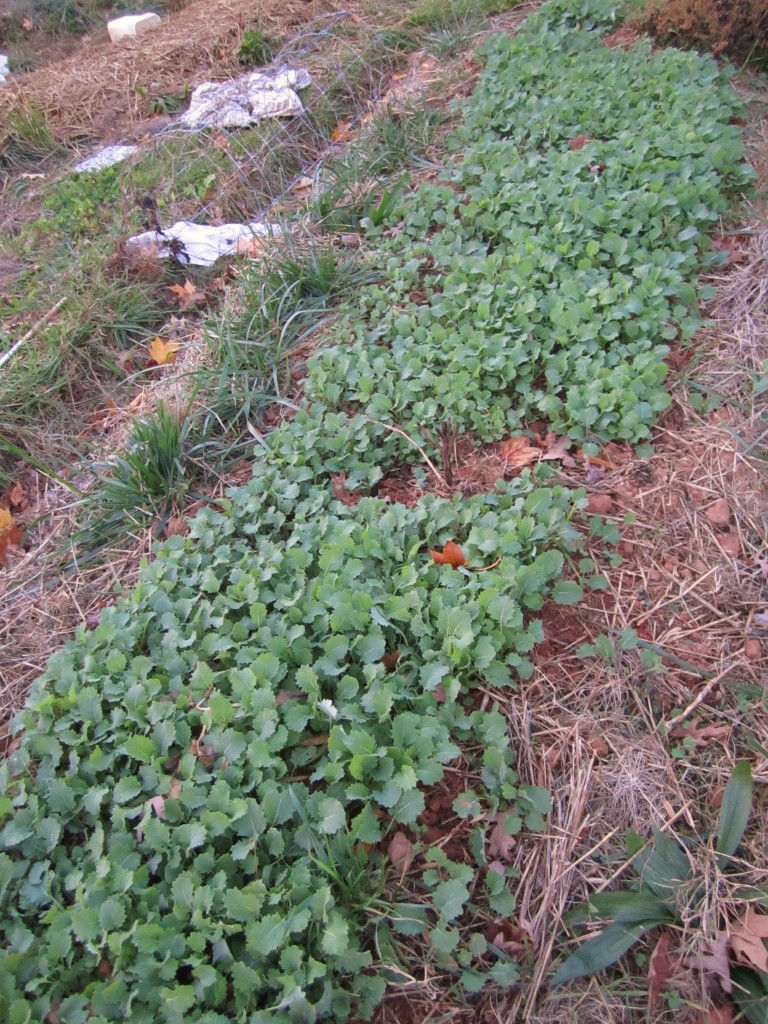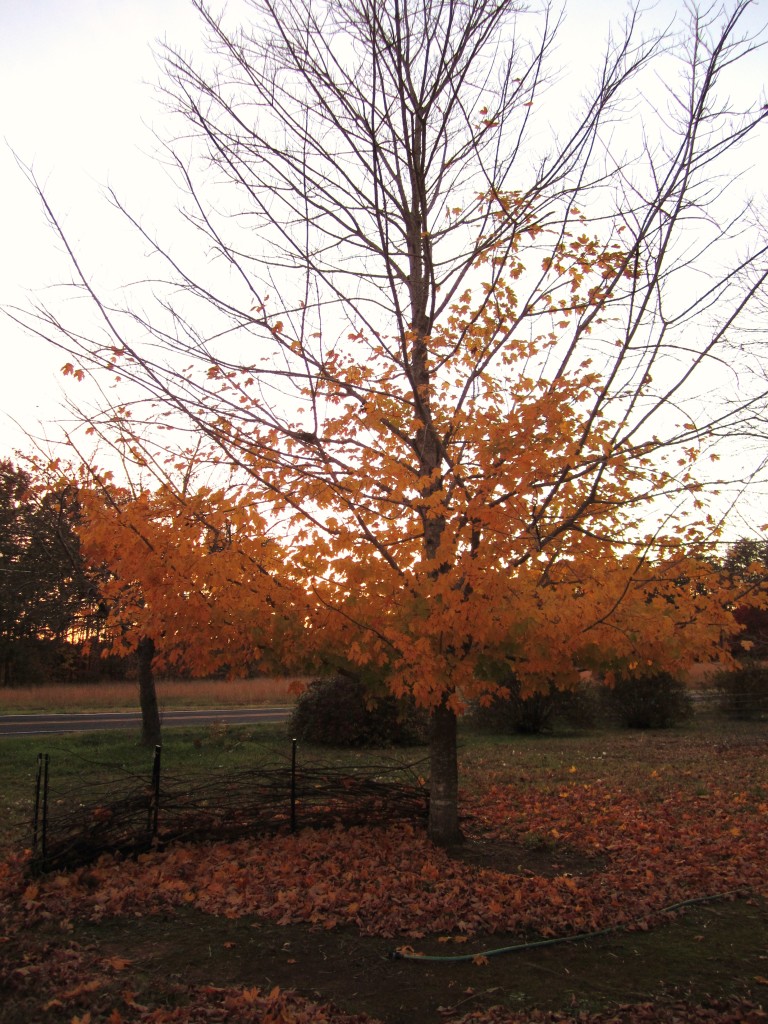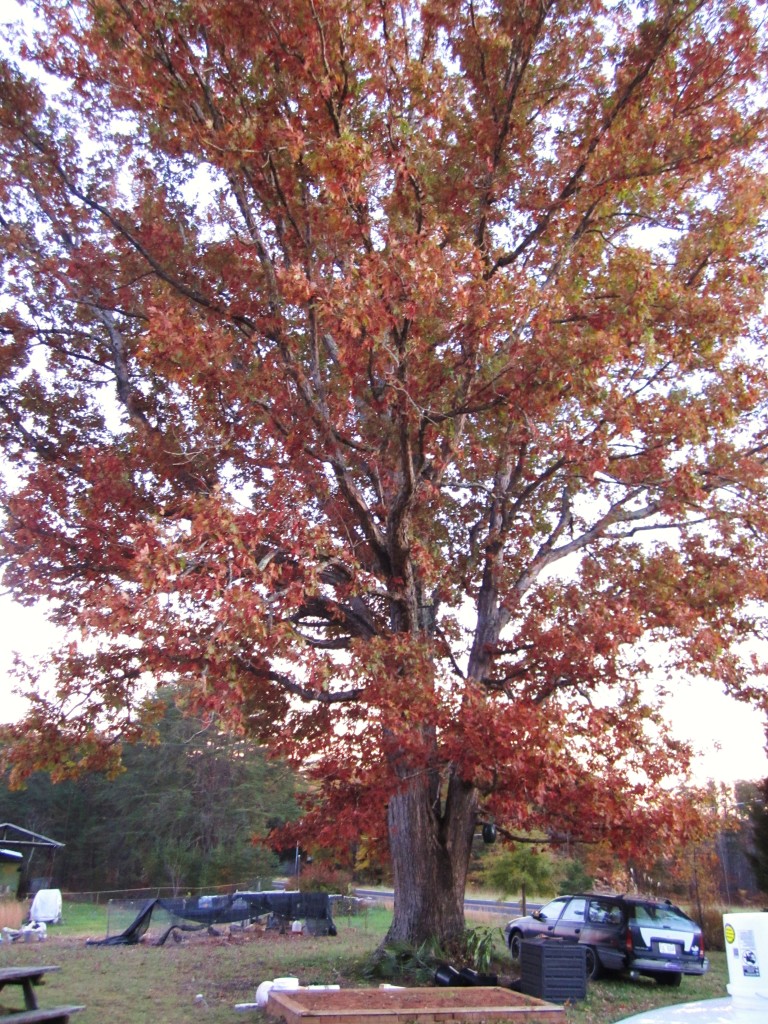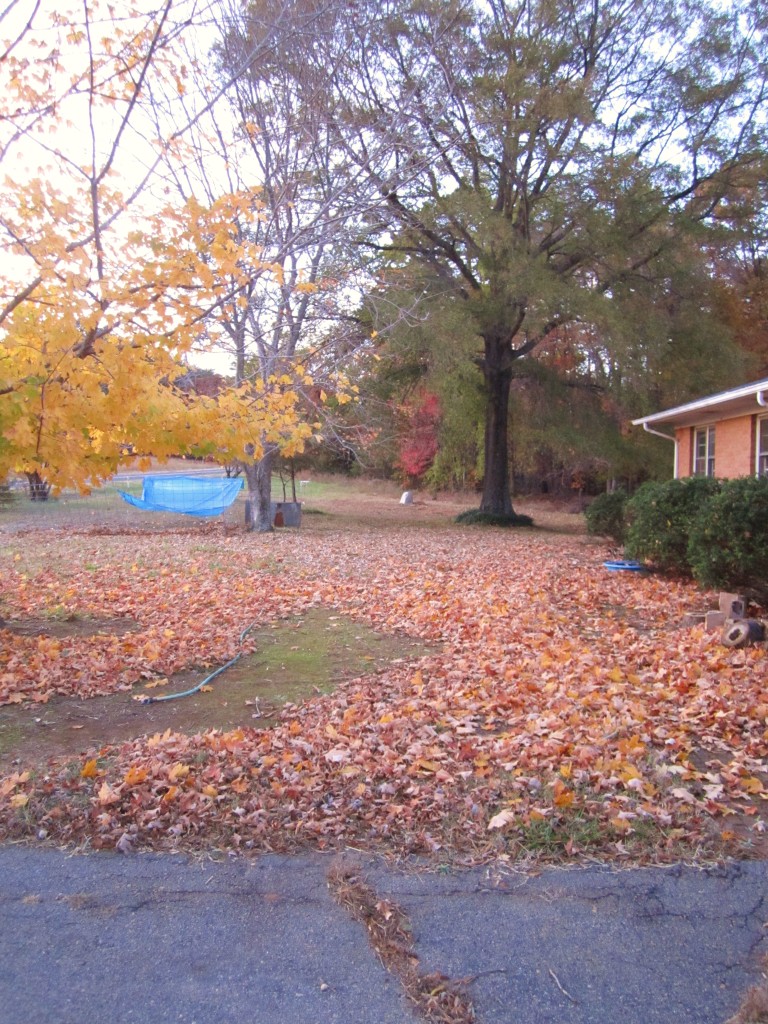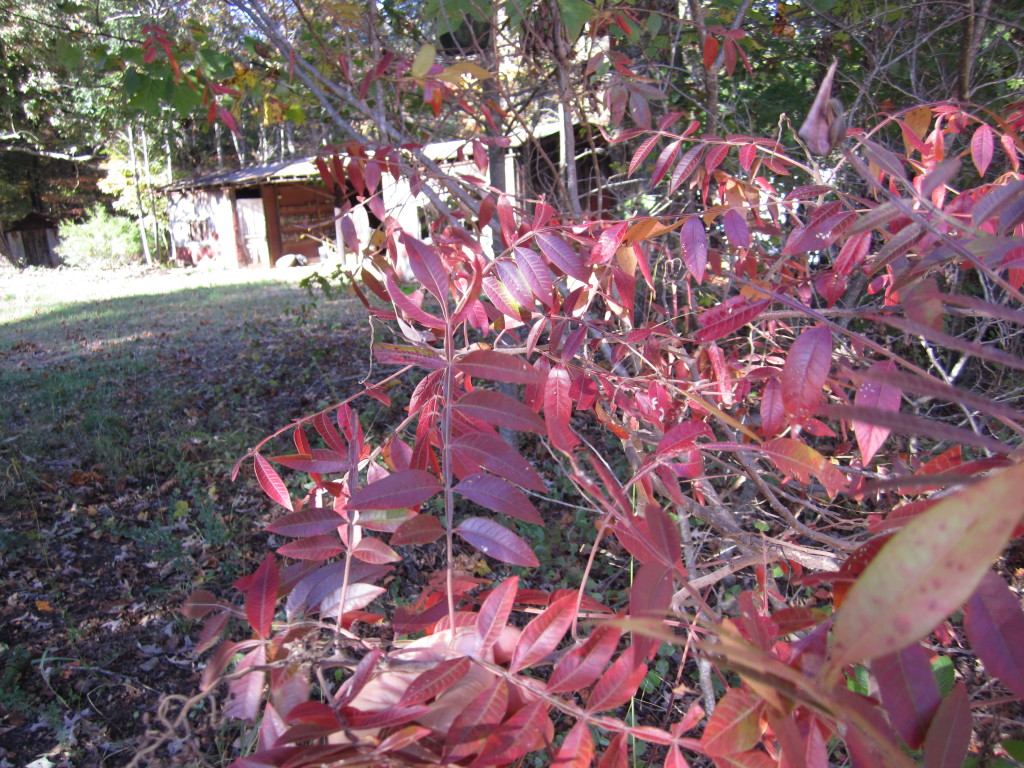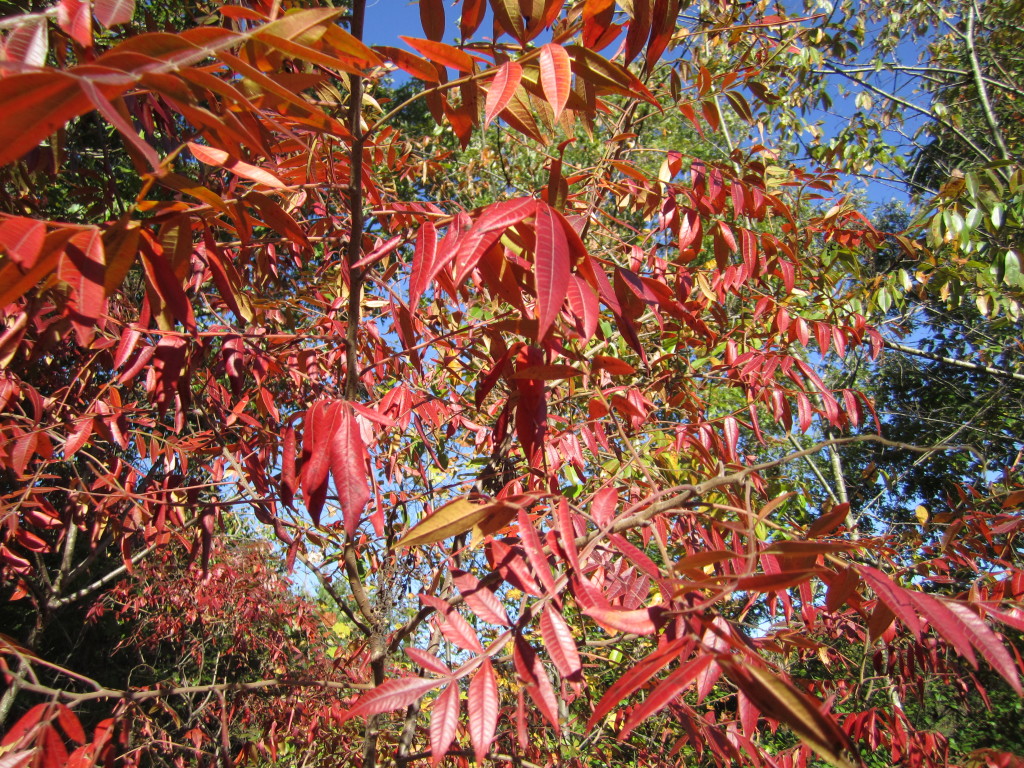the incubating-chicken-eggs adventure continues… this time with some more hands-on activities!
last weekend we “candled” our eggs, a term which supposedly came from using the light of candles to see through the egg shell and observe the progress of the contents. this process usually shouldn’t be started before the eggs have been incubating for 7 or 8 days, since the growth of the baby chick inside is a lot more fragile during the first week (ish). also, waiting until at least a week into the process ensures that when you finally do candle the eggs, the embryo inside is much more visible.
the really cool thing about this simple and easy way to check on your eggs, is that it’s like a chicken ultrasound! you can actually see the life growing! candling also allows you to make sure that no bad eggs are still in the bunch that might explode later during incubation, affecting the environment of the viable eggs.
dark-shelled eggs are harder to see into, since the increased pigment in the shell obscures the light and keeps it from penetrating through as easily. jason and i actually has some trouble at first figuring out how to get the bright light to focus on the egg, until he had the idea to put our 1,000,000 candle power flashlight underneath a full toilet paper roll and sit the egg on top of the tube’s opening. this worked perfectly, and also meant that we didn’t have to hold the egg since it rested on the tube just fine on its own. i was able to shift the egg more easily this way, and locate the embryos. the pictures and video that we took really don’t do the experience justice…
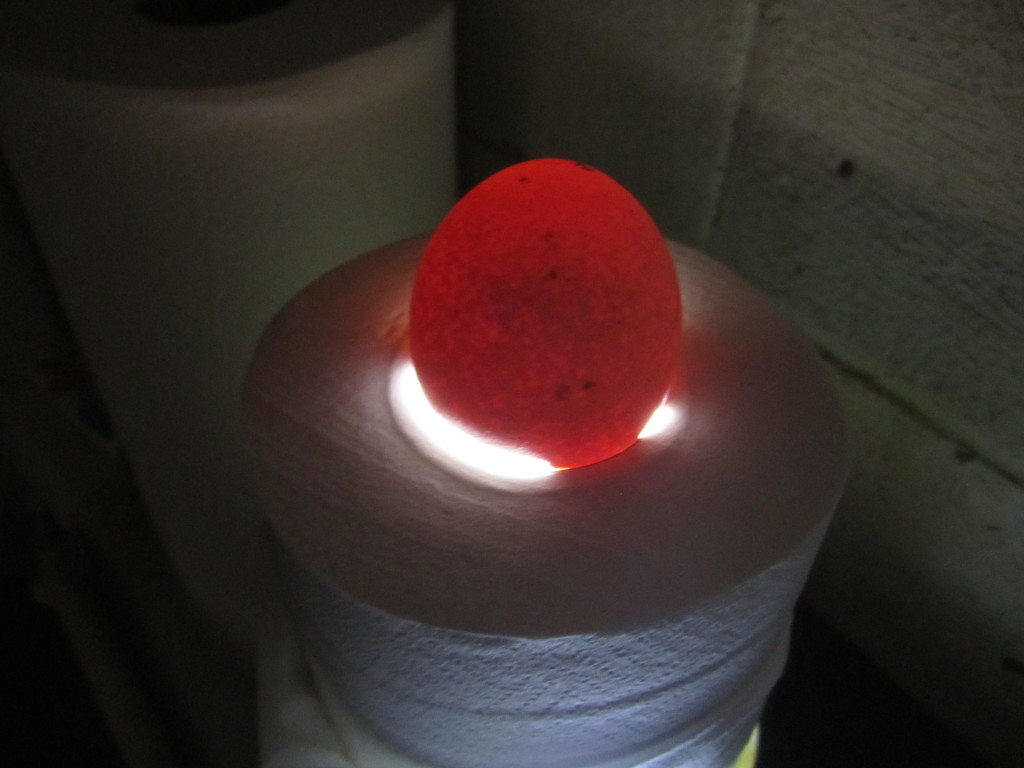
let’s see… how do i explain this? the darkest blob that is a little higher than halfway up the egg and a little to the left of center are the eyes of the chick!
the video below shows the dark shape (which is easier to see in the video) moving around in its shell. dancing, really! all the information that i read said that you might see the embryos move inside their shell during candling if you got lucky, and i got lucky over a dozen times! after i finished squealing with delight, i filmed the video!
the coolest thing i learned?
that at least 21 out of our 27 incubating eggs are fertilized and growing magnificently! this is a really high ratio and makes me proud of rex! also, it makes me less inclined to eat him next time he tries to attack me!
after candling all of the eggs, i put a check mark on the eggs that i was sure were fertilized and growing. later tonight, after i’m done writing this, i plan to candle the other eggs and see if they are fertilized, as well as check on a few of the ones i’ve already checked off! talk about an awesome way to spend the evening!
.:.
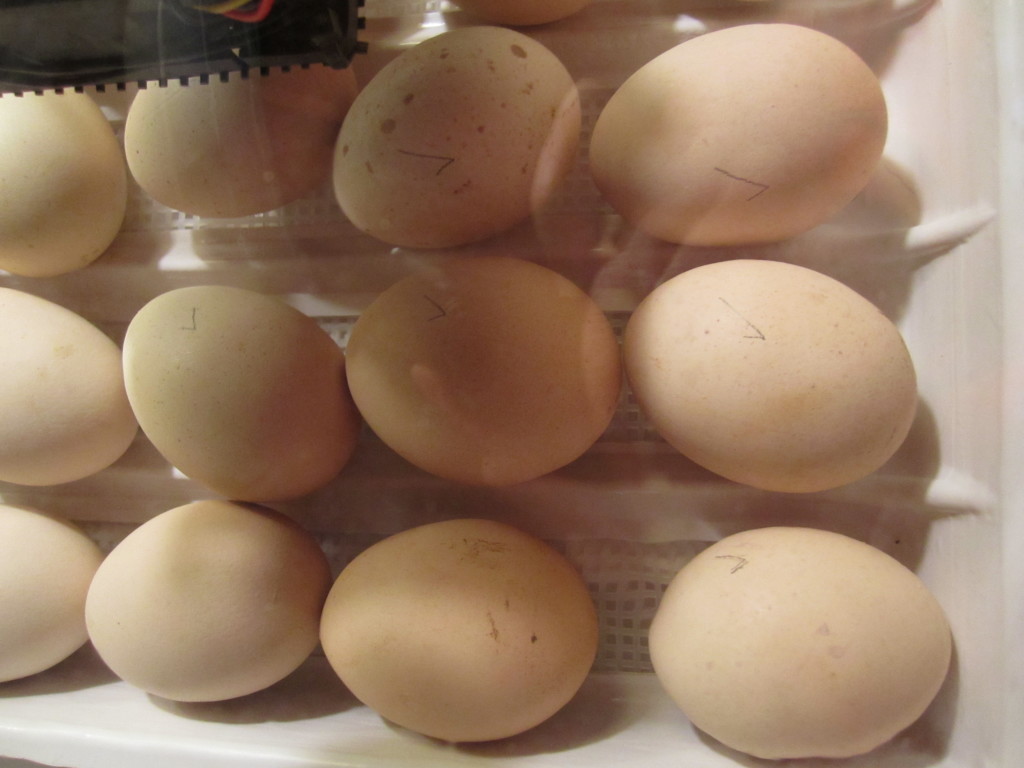
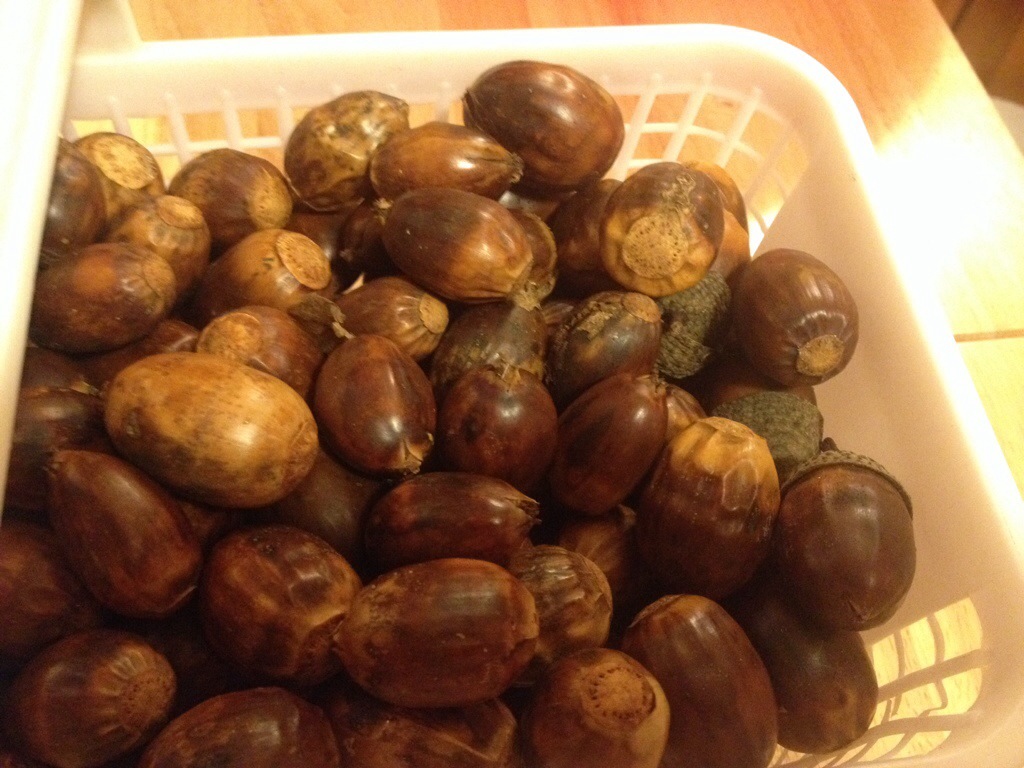
_in_Kalamiaris_Palm_Forest,_Panayoudha,_Lesvos.jpg)
